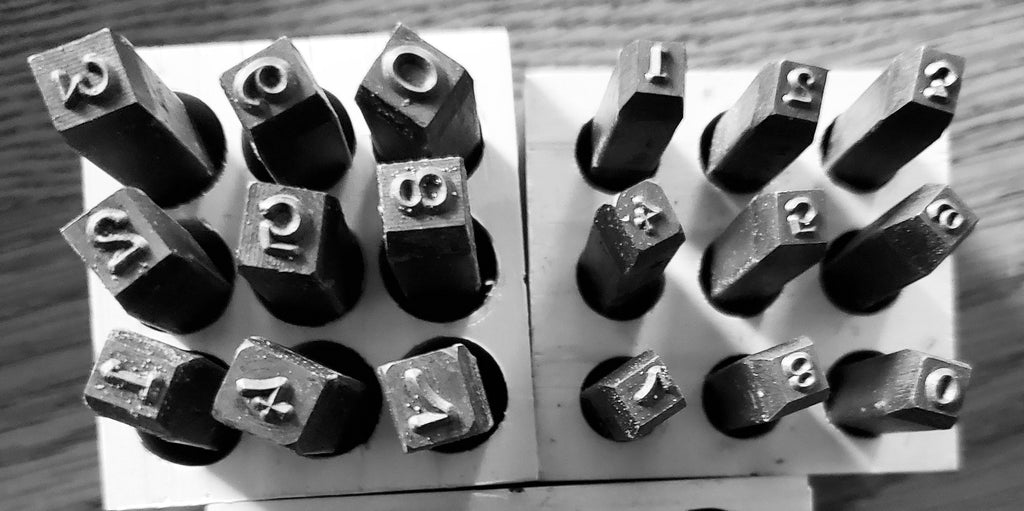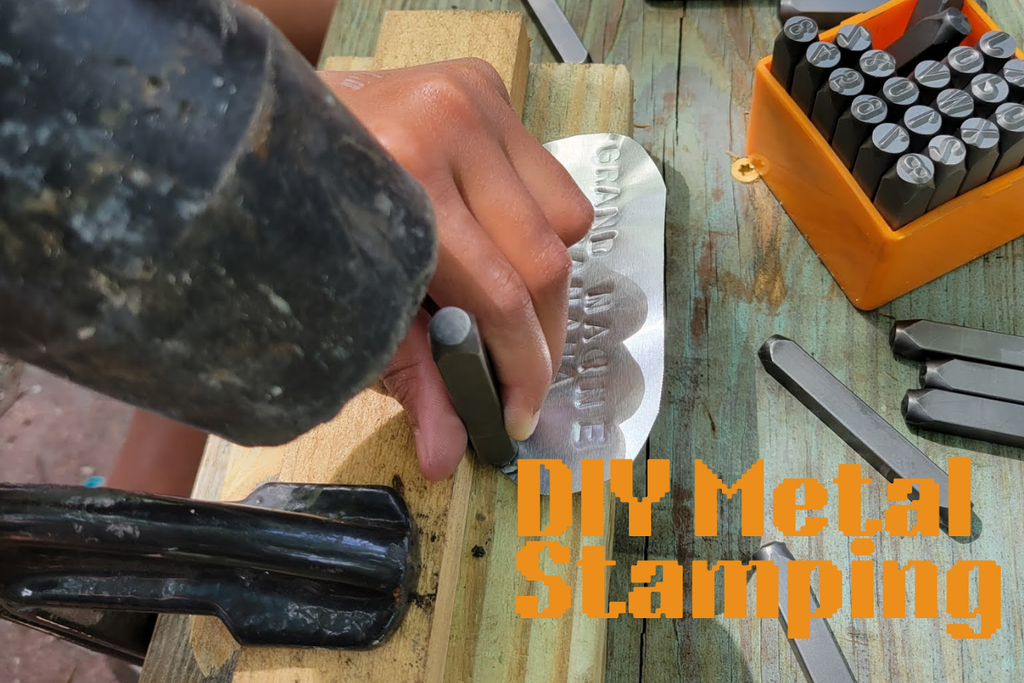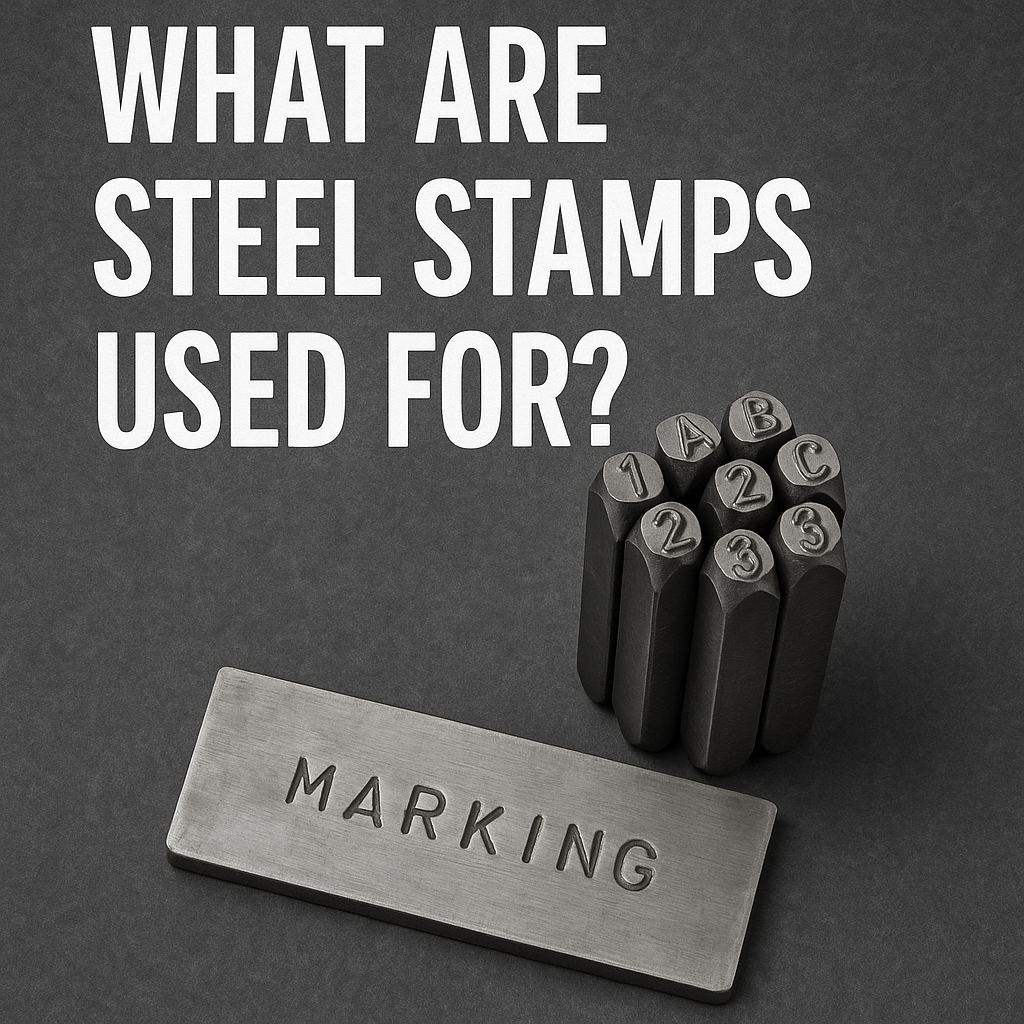How Do Hand Stamps Work?
- USQuickBlogs
- 16 Mar, 2020
Hand stamping is one of the oldest and most common methods for marking materials. From leather to metal, stamps are used to leave a permanent indentation in a substrate.
Stamps are typically made from heavy-duty steel to ensure long term durability. The stamp is manually struck by a hammer, creating a uniform impression in a metal surface.
Durability
Hand stamps are engraved into high impact steel, precision heat-treated, and tempered.
This process, combined with the beveled edges of the characters allows the stamps to be used continuously with a hammer without fear of chipping.
Properly made hand stamps can last for many years, even with daily use.
Process
Hand stamping is done by pressing the stamp against a tag, and hitting the backside of the stamp with hammer. The impression depth can vary based on the force behind the hit, so material thickness can be critical to ensure the tag is not distorted.
This process can work well with in house marking, or making a small inconspicuous mark hidden on a machine or pipe. Having the ability to mark the data on site can be critical if the information is associated with job specific information.
The down side to this process is that the characters are marked one at a time. Lining up the characters perfectly can be a challenge as it is held in place by hand. As such, marking hundreds of tags at a time can present an issue. These situations often call for automated marking machines.
Materials
Aluminum
Aluminum is one of the most common materials for hand stamping. With this material the optimal thickness is .025” - .032” thick, although any thickness can be stamped. This creates a nice impression in the metal without it protruding through the backside.
Stainless Steel
Stainless steel is a harder metal, so you may be able to use .016” thick however most still prefer the .032” thickness for the added ability to absorb the hit.

Brass
Brass is another common material and preferred in some industries for the antique look, or non-conductive properties. Brass is more dense then aluminum, but not as dense as stainless steel, so a .025”-.032” thickness would be best for this option as well.
Environments
Hand stamping has a wide range of uses from marking variable data onsite, to direct part marking. This process is used widely across every industry from hobbyists to fortune 500 companies.
The indented characters provide a long lasting durable impression that cannot be wiped off or removed, ensure it will last for decades to come.
In dirty environments these marking can be “filled” in however with a quick clean, they will be still be legible.
Using a durable material such as stainless steel will ensure the tags and markings can withstand chemicals, weather, and everyday rough abuse.
Wrap-up
Hand stamping is a great solution to solve your in house marking needs. Thicker materials will prevent distortion and allow for a deeper impression if required.
While the characters may be difficult to line up perfectly, the indentation ensures the data will remain legible in the roughest environments.






